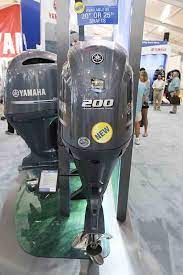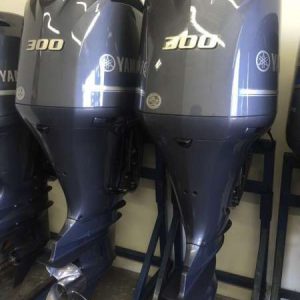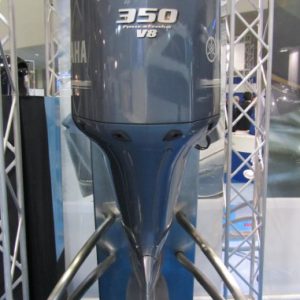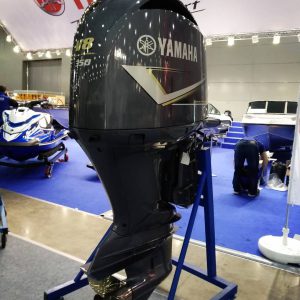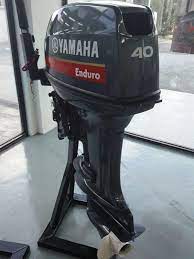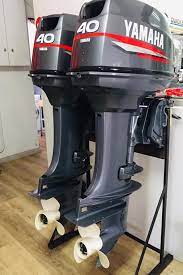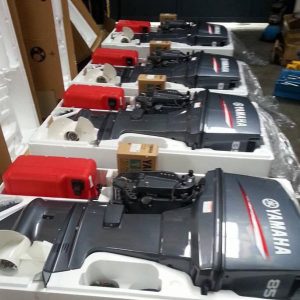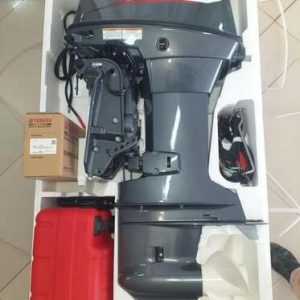An outboard motor is a self-contained propulsion system typically used on small boats, such as fishing boats, dinghies, and recreational watercraft. It consists of an engine, a gearbox, and a propeller, all housed in a single unit that is mounted on the transom (back) of the boat. Outboard motors are designed to provide thrust to move the boat through the water.
Key components of an outboard motor include:
- Engine: The engine is the power source of the outboard motor. It can be either a two-stroke or four-stroke internal combustion engine, which runs on gasoline or another suitable fuel. The engine’s size and power output can vary significantly, with smaller motors for lightweight boats and more powerful ones for larger vessels.
- Gearbox: The gearbox is responsible for transmitting power from the engine to the propeller. It allows the operator to control the boat’s speed and direction by shifting gears. In some outboard motors, the gearbox may also have a reverse gear.
- Propeller: The propeller is the rotating blade that provides thrust by pushing water backward. The design and pitch of the propeller can affect the boat’s performance, including its speed and fuel efficiency. Propellers can be swapped out or adjusted to optimize performance for different boating conditions.
- Control System: Outboard motors are typically equipped with a control system that includes a tiller handle or a set of remote controls for steering and throttle. This allows the operator to steer the boat and adjust the engine’s speed.
Outboard motors are popular for their portability and versatility. They can be easily removed from the boat for maintenance or storage, and they are available in various power ratings to suit different types of watercraft. Additionally, they are often used for auxiliary power on sailboats and can be tilted or raised out of the water when not in use to prevent corrosion and fouling.
Outboard motors are commonly used for activities such as fishing, recreational boating, and water sports, as well as for transportation in smaller vessels. They are available from various manufacturers and come in different sizes and configurations to meet the specific needs of boaters.

